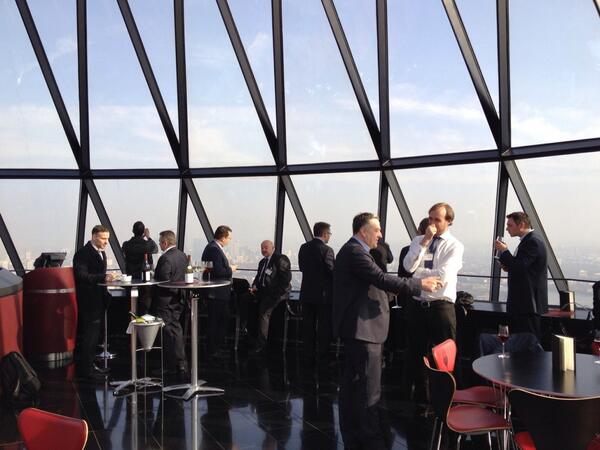Let's not even talk about Windows 8 or Windows 8.1. They are best forgotten, just like Windows ME or Windows Vista. After Windows 7, the proper operating system to hit the market is Windows 10. And with Windows 7 is almost at the end of its lifetime, it is high time to migrate to Windows 10. Windows 7 to 10 migration has multiple benefits which we will discuss briefly.
1. Receive regular updates: Windows 7 will retire later this year which means you will not receive any update. This will make the computer vulnerable to hacking threats. With Windows 10, you will receive not only the latest security features but also get periodic updates which will keep you safe from modern hacking tools and attempts.
2. Increased employee productivity: Survey has proved that Windows 10 increases employee productivity in an organisation. If that is to be believed, then your organisation stands to gain a lot from this migration.
3. Better built-in software: Windows 10 comes with many modern software and applications. For example, the latest browser from Microsoft, Edge, is the best browser from the company and that is installed in Windows 10 by default. These modern applications are better suited to handle the modern computing needs.
4. Improved speed: Windows 10 is faster than Windows 7. In fact, this is the fastest yet operating system from Windows. The increased speed will surely increase the way things move in the organisation.
1. Receive regular updates: Windows 7 will retire later this year which means you will not receive any update. This will make the computer vulnerable to hacking threats. With Windows 10, you will receive not only the latest security features but also get periodic updates which will keep you safe from modern hacking tools and attempts.
2. Increased employee productivity: Survey has proved that Windows 10 increases employee productivity in an organisation. If that is to be believed, then your organisation stands to gain a lot from this migration.
3. Better built-in software: Windows 10 comes with many modern software and applications. For example, the latest browser from Microsoft, Edge, is the best browser from the company and that is installed in Windows 10 by default. These modern applications are better suited to handle the modern computing needs.
4. Improved speed: Windows 10 is faster than Windows 7. In fact, this is the fastest yet operating system from Windows. The increased speed will surely increase the way things move in the organisation.








